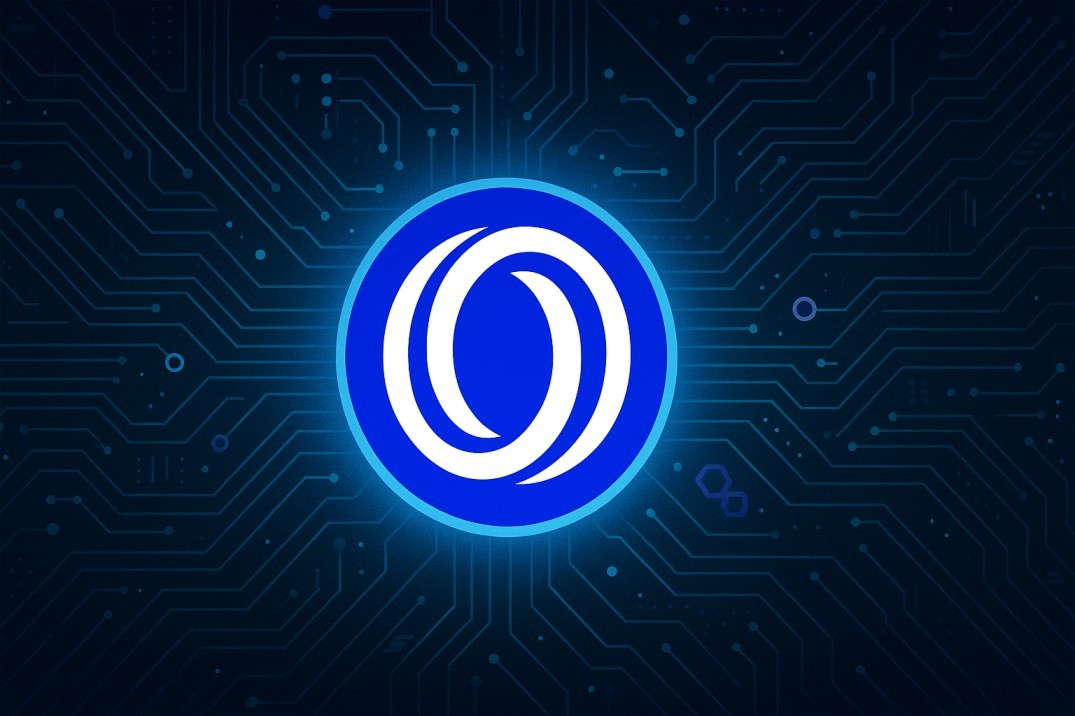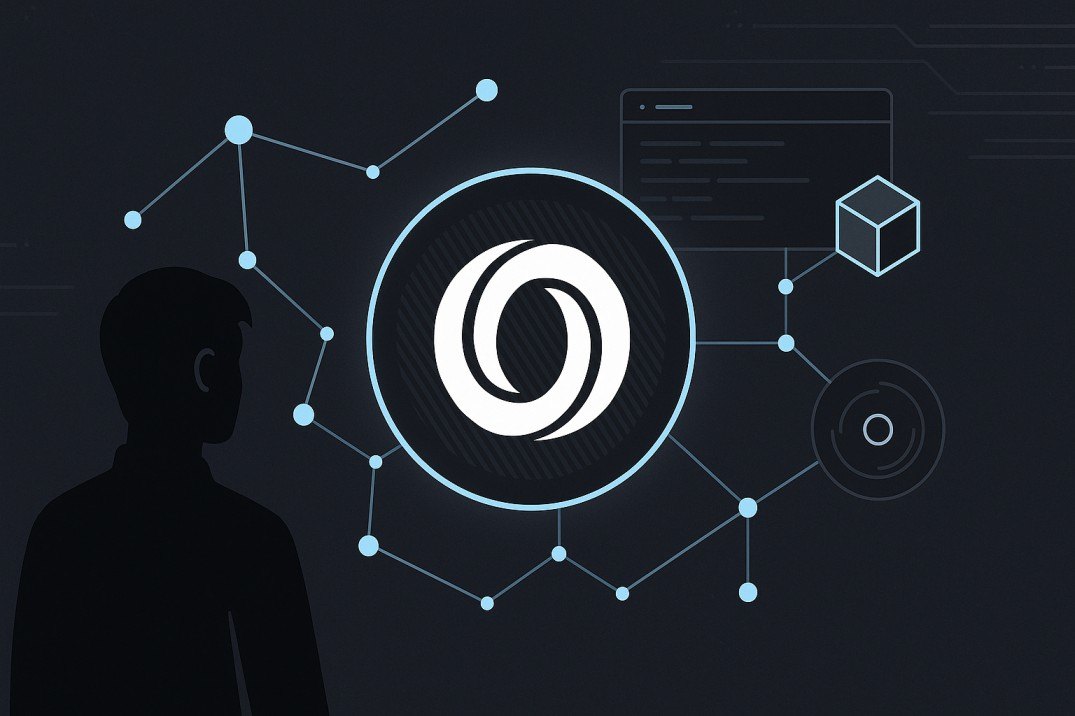TL;DR
- Oasis is a privacy-first Layer 1 blockchain supporting scalable, confidential compute.
- It powers dApps through ParaTime runtimes including Sapphire, the first confidential EVM.
- The ROSE token is used for fees, staking, delegation, and governance.
- Oasis is uniquely structured with a consensus layer and compute layer for efficiency and privacy.
- Built for developers building DeFi, GameFi, NFTs, AI apps, and more-with an emphasis on Smart Privacy.
In a crypto world obsessed with openness, Oasis stands apart by focusing on privacy. It's not just about hiding transactions-it's about empowering developers with customizable confidentiality tools that work with or without building directly on Oasis. From Layer 1 architecture to dApp deployment, Oasis is quietly changing the rules of decentralized computation.
This article breaks down how Oasis works, what makes it different, and why privacy isn't just about anonymity-it's about unlocking the next evolution of blockchain utility.
How Oasis Network Works

At its core, Oasis uses a layered architecture:
Consensus Layer: Secured by proof-of-stake and validator nodes. It handles transaction finality and network security.
Compute Layer: Executes smart contracts in isolated environments called ParaTimes. Each ParaTime can be optimized for specific uses like privacy or scalability.
This separation allows Oasis to scale better and give developers the freedom to choose their privacy and performance setups. It's like giving each dApp its own optimized engine-without sharing gas with unrelated apps.
Oasis' ParaTimes currently include:
- Sapphire: The first confidential EVM-compatible runtime.
- Emerald: High-performance, gas-efficient EVM runtime.
- Cipher: WASM-based privacy runtime for Rust-based contracts.
Smart Privacy and Sapphire Runtime
What sets Oasis apart is Smart Privacy-its customizable privacy framework. Through Sapphire and the Oasis Privacy Layer (OPL), any Ethereum-based dApp can integrate privacy tools without switching chains.
This means:
- On-chain voting can be private
- Data-heavy AI apps can remain confidential
- Financial transactions can be secure by default
- Even off-chain, Sapphire allows for end-to-end encrypted inputs, processing, and outputs, without leaking data-even to node operators.
ROSE Token: Utility and Tokenomics
ROSE is Oasis Network's native token. It powers:
- Gas fees on both consensus and compute layers
- Staking and validator incentives
- Governance participation
Tokenomics:
Total supply: 10 billion ROSE
Circulating supply: ~7.40 billion ROSE
Initial distribution:
- 23.5%: Staking rewards
- 23%: Backers
- 18.5%: Community and ecosystem
- 10%: Foundation endowment
- 10%: Protocol development
- 5%: Strategic reserve
- 5%: Marketing
- 5%: Auctions reserve
ROSE ensures security and participation in Oasis governance while also powering smart contracts and dApp executions.
Security Model and TEE Use

Oasis employs a Proof-of-Stake (PoS) mechanism on its consensus layer, with a global set of decentralized validators.
What makes Oasis unique is its use of Trusted Execution Environments (TEEs). These are secure hardware environments that:
- Keep data encrypted during execution
- Prevent access by node operators
- Enable remote attestation to prove execution was legitimate
This means encrypted data goes in, gets processed securely, and leaves encrypted. No one-not even node operators-can access it during processing.
Tools and Infrastructure
Oasis is more than a blockchain, it’s a complete ecosystem built for privacy and scalability.
- Oasis Wallet: Non-custodial wallet for ROSE and dApps.
- Oasis Safe: Built by ProtoFire, provides secure custody.
- Transak: Integrated fiat onramp.
- Oasis Explorer: Track on-chain activity.
- Oasis Nexus: Indexes chain data for developers and explorers.
Use Cases
The Oasis architecture unlocks novel experiences:
- DeFi: Add confidentiality to lending, trading, or treasury management.
- AI and Data dApps: Run models or data workflows privately.
- NFTs: Mint and trade with on-chain privacy.
- DAOs: Enable private governance and voting.
By eliminating data leakage and giving developers privacy as a programmable variable, Oasis is enabling entirely new categories of blockchain apps.
Challenges and Considerations
Oasis is ahead in privacy, but not without challenges:
- Adoption: Privacy is powerful, but often misunderstood in Web3.
- TEE trust: Relies on trusted hardware from vendors like Intel.
- Competition: Aztec, Secret Network, and zk-focused chains are close rivals.
Still, Oasis dual-layer structure and developer outreach position it well to onboard privacy-conscious builders.
Final Thoughts
Oasis Network offers a fresh approach to blockchain-where privacy is a core feature. Through Sapphire, TEEs, and its layered architecture, Oasis makes confidential compute practical, efficient, and portable across chains.
As AI, DeFi, and governance demand more control over data, Oasis is building the tools that let developers choose how much privacy to embed, on-chain or off. It's about controlling what you share-on your terms.











